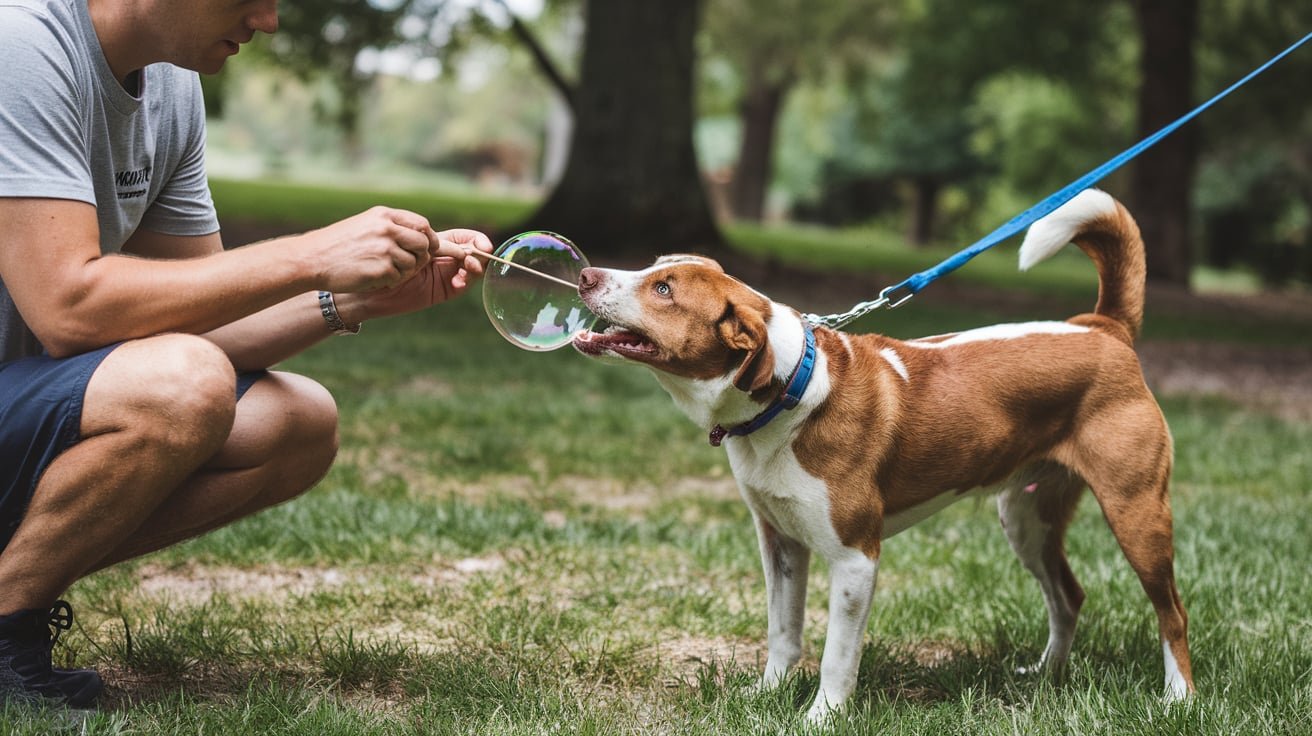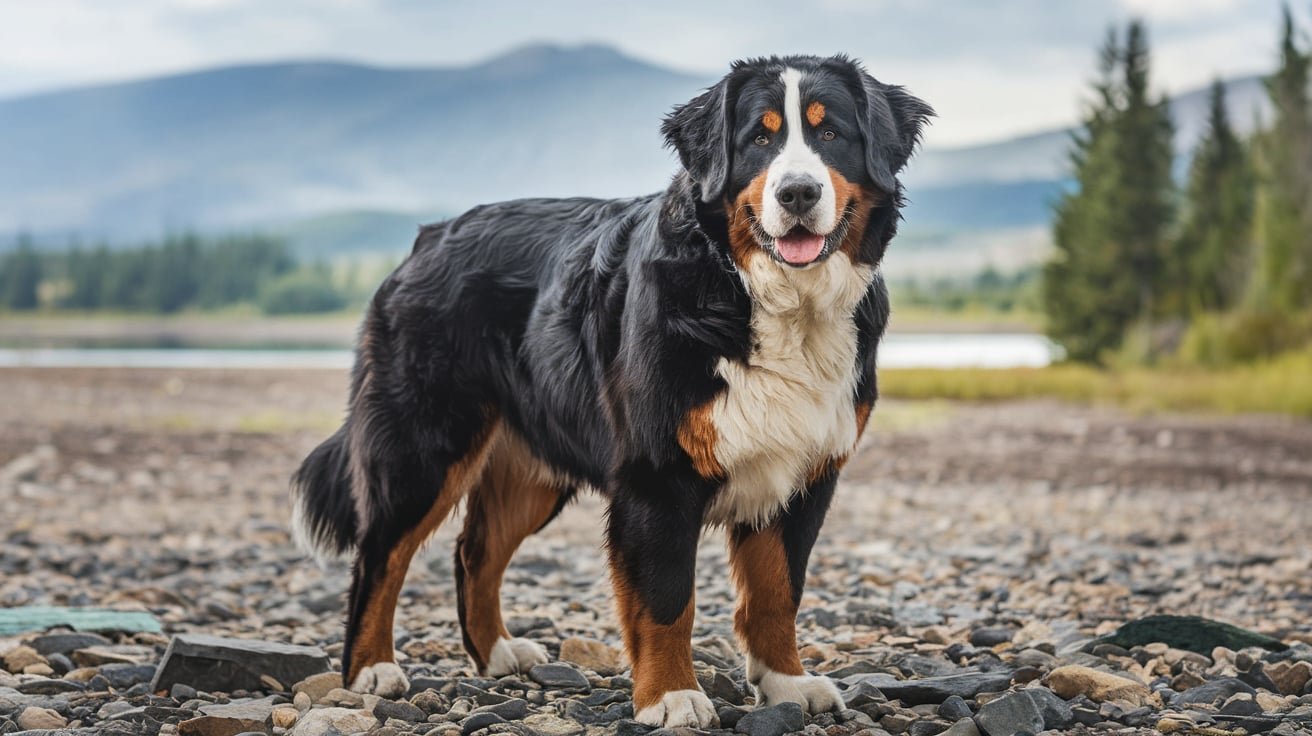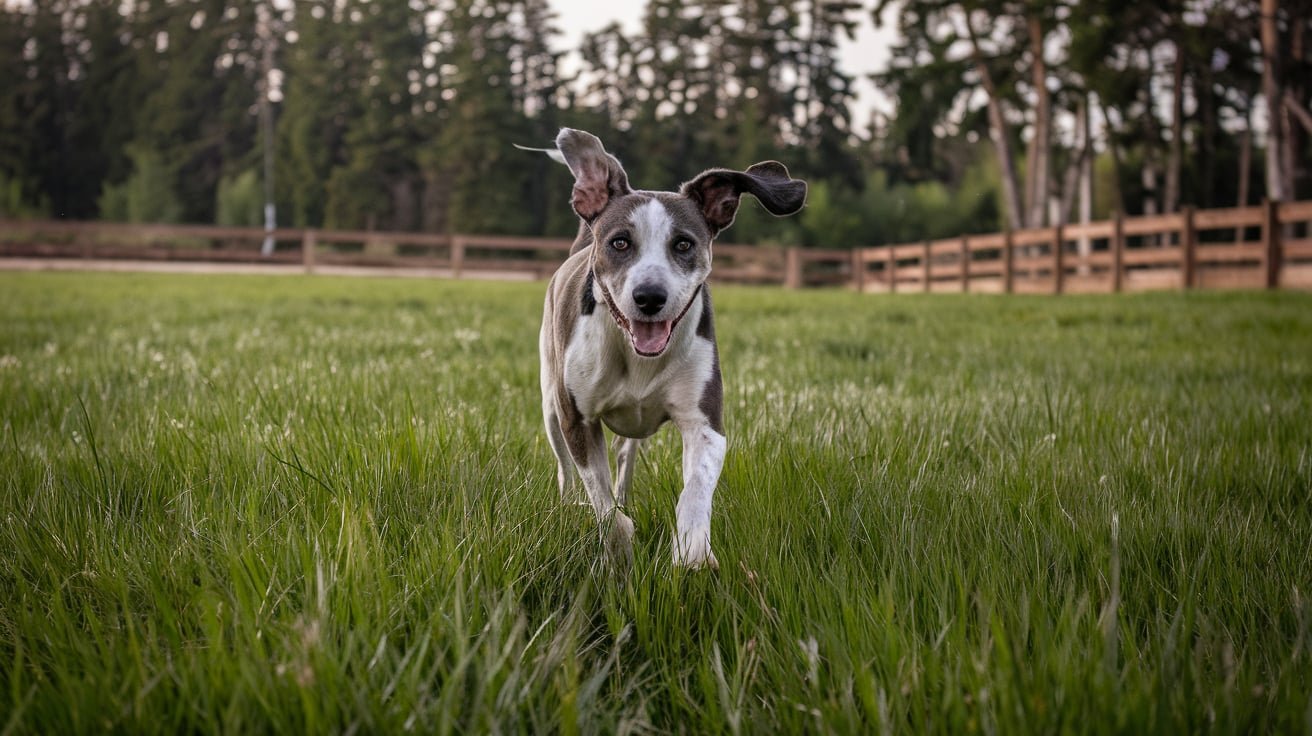Training a dog isn’t always about teaching them to sit or stay on command. Sometimes, it’s about helping them understand their surroundings and feel safe. This is where the Bubble Theory Dog Training comes into play. If you’re in the UK and looking for a modern, compassionate way to train your dog while respecting their personal space, this method is an excellent choice. In this guide, we’ll explain what the Bubble Theory is, why it’s so effective, and how you can apply it to your dog training routine.
What is Bubble Theory Dog Training?
In simple terms, Bubble Theory Dog Training is based on the concept that every dog has an invisible “bubble” or personal space around them. Just like humans, dogs can feel uncomfortable, anxious, or even aggressive when something or someone invades that space. The theory suggests that by understanding and respecting your dog’s “bubble,” you can help them feel more relaxed, build trust, and improve their behaviour.
Imagine walking through a crowded street in London, and a stranger gets too close to you. You’d feel uncomfortable, right? The same goes for dogs. When another dog, person, or object enters their personal space without warning, it can cause anxiety or trigger unwanted reactions, such as barking or lunging. Bubble Theory Dog Training helps you teach your dog to maintain calm by gradually reducing the size of this bubble in a controlled and safe way.
Why is Bubble Theory Dog Training Important?
Many dogs in the UK struggle with anxiety or fear-based behaviours. For example, some dogs react strongly to strangers, while others get nervous around other dogs. This is often because these dogs feel their personal space is being invaded. By incorporating Bubble Theory Dog Training, you can help your dog feel more comfortable in their environment.
Here’s a quick anecdote: My neighbour, Clare, has a dog named Bailey who used to bark and lunge at other dogs during their walks in Manchester. Bailey wasn’t aggressive; she was just anxious about her personal space. Clare applied the Bubble Theory, giving Bailey the distance she needed and gradually reducing that space over time. Now, Bailey can walk calmly past other dogs without a fuss. This method gave both Clare and Bailey the confidence to enjoy their walks again.
Signs Your Dog Needs Bubble Theory Dog Training
Not all dogs need extensive work with Bubble Theory Dog Training, but there are some clear signs that this method could benefit your dog:
- Barking or lunging at other dogs, people, or objects during walks.
- Tensing up or showing signs of stress (ears back, tail tucked) when someone gets too close.
- Avoidance: Your dog might try to move away from certain stimuli.
- Aggression: If your dog snaps or growls when their space is invaded, they could be feeling overwhelmed.
- Overexcitement: Some dogs jump or bark excessively when they see someone approaching, indicating a breach of their personal bubble.
If any of these sound familiar, it’s a good idea to start working with the Bubble Theory to help your dog feel more secure.
How to Apply Bubble Theory Dog Training: A Step-by-Step Guide
Step 1: Identify Your Dog’s Comfort Zone
Before you can start training, you need to understand how large your dog’s bubble is. Observe how close other dogs or people can get before your dog shows signs of discomfort. This is their comfort zone. For some dogs, it might be a few feet, while for others, it could be much larger.
Step 2: Create a Safe Distance
Once you’ve identified your dog’s comfort zone, make sure to respect that space. If your dog gets anxious when another dog is within 10 feet, keep your distance when walking. Don’t push your dog too quickly into uncomfortable situations.
For example, if you live in a busy city like London, this might mean walking your dog on quieter streets where they can feel more at ease. Gradually, over time, you’ll work on decreasing that distance.
Step 3: Use Positive Reinforcement
Now that you’ve established a safe distance, it’s time to train. Whenever your dog remains calm within their bubble, reward them with treats, praise, or play. This positive reinforcement will help them associate calm behaviour with good outcomes.
If your dog reacts, calmly guide them away from the situation until they’re comfortable again. Avoid scolding them, as this can increase their anxiety. Instead, focus on rewarding positive reactions.
Step 4: Gradual Desensitization
The goal of Bubble Theory Dog Training is to help your dog feel comfortable with a gradually shrinking bubble. This is called desensitization. Over time, you’ll slowly reduce the distance between your dog and the stimuli that make them anxious.
Here’s how to do it:
- Start by walking your dog at a safe distance from other dogs or people.
- Gradually reduce that distance by a small amount each day.
- Continue to reward calm behaviour as the bubble gets smaller.
- If your dog reacts negatively, go back to the previous distance and try again later.
The key is patience. Every dog progresses at their own pace, and it’s important not to rush this process. For example, if your dog gets anxious around other dogs, start by walking them at a distance of 20 feet and gradually reduce it to 15, then 10, and so on.
Step 5: Use Commands to Reinforce Behaviour
As your dog becomes more comfortable, you can introduce basic commands to help them stay calm. Commands like “leave it,” “sit,” or “focus” can be helpful in guiding your dog’s attention away from stressful stimuli. Consistent training with these commands will reinforce calm behaviour.
Benefits of Bubble Theory Dog Training
There are numerous benefits to applying Bubble Theory Dog Training:
- Reduces anxiety: By respecting your dog’s personal space, you can reduce their overall anxiety and stress levels.
- Improves socialization: Gradual desensitization helps your dog become more comfortable around other dogs and people, making walks and social outings more enjoyable.
- Strengthens bond: As you work through this method, your dog will learn to trust you more, strengthening your relationship.
- Prevents reactive behaviour: Whether it’s barking, lunging, or growling, Bubble Theory Dog Training helps reduce these reactive behaviours over time.
One UK dog owner shared that before using Bubble Theory, their dog would constantly bark and pull at the lead whenever another dog passed by. After working with this method for several weeks, they noticed a huge improvement in their dog’s behaviour, with much calmer walks around their neighbourhood.
When to Seek Professional Help
While Bubble Theory Dog Training can be highly effective, some dogs may require extra support from a professional trainer, especially if they have severe anxiety or aggression. If you’re based in the UK, look for certified trainers who specialize in positive reinforcement techniques and have experience with reactive dogs.
Professionals can also help you apply the Bubble Theory in more complex situations or with larger behavioural issues. Sometimes, having an expert’s guidance can make all the difference.
Recommended Products for Bubble Theory Dog Training
To make your training sessions more effective, here are some recommended products that can help:
- Long Training Leash – Perfect for giving your dog space while still maintaining control during training.
- Clicker Training Tool – Useful for positive reinforcement training when your dog stays calm within their bubble.
- Treat Pouch – A convenient way to keep treats handy during walks and training sessions.
- Calm Dog Treats – Special treats designed to help anxious dogs relax during stressful situations.
- ThunderShirt Anxiety Jacket – For dogs with extreme anxiety, this jacket can provide calming pressure during training.
Using these tools can make training smoother and more manageable, especially when working with a nervous dog.
Final Thoughts on Bubble Theory Dog Training
The Bubble Theory Dog Training method is an excellent way to help dogs with anxiety or fear-based behaviours. By respecting your dog’s personal space and working gradually to reduce it, you can teach them to remain calm in various situations. With patience, positive reinforcement, and gradual desensitization, your dog can learn to feel safe and confident, even when their bubble is smaller than it used to be.
Whether you’re in a busy city like London or a quieter rural area, this training method can be adapted to fit your dog’s needs. Remember, every dog is different, and the most important thing is to go at your dog’s pace. With consistent practice, your dog will soon feel more relaxed, and you’ll enjoy peaceful, stress-free walks together.



